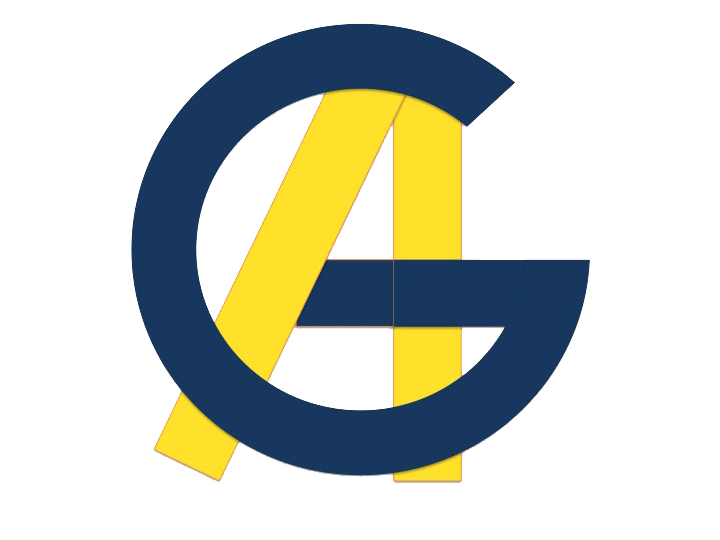6410 W. Gulf To Lake Hwy
Crystal River, FL 34429
352-563-2450
3653 E. Forest Drive
Inverness, FL 34452
Note: Please call during open hours to make appointments or submit information here, allow up to 48hrs for calls/messages to be returned.
Opening Hours:
MON 8:00am – 4:00pm
TUES 8:00am – 4:00pm
WED 8:00am – 4:00pm
THUR 8:00am – 4:00pm
FRI 8:00am – 4:00pm
SAT/SUN CLOSED
Diverticulosis & Diverticulitis
What is diverticulosis?
Inner layer of colon bulges through at the areas of weakness in the colon wall creating pouches that are caused by increase intraluminal pressure.
Risk factors- Low fiber diet, positive family history.
Prevalence increase with age
Most common location is the sigmoid colon but may occur anywhere in the colon.
What are the Symptoms?
Usually asymptomatic and discovered on colonoscopy.
Vague left lower quadrant discomfort, bloating, constipation/diarrhea may be present.
Only 10% to 20% become symptomatic (develop complications)
Painless rectal bleeding (up to 40% of patients)- Bleeding is usually clinically insignificant and stops spontaneously. No further treatment is necessary in these patients. Bleeding can be severe in about 5 % of patient and may need further work up if warranted.
How to prevent or treat?
High fiber diet to increase stool bulk
Psyllium
What are Complications?
-
Diverticulitis (15% to 25% of patients)- occurs when feces become impacted in the diverticulum, leading to erosion and micro perforation.
-
Can be further complicated-
-
Abscess formation
-
Colovesical fistula- 50% close spontaneously
-
Obstruction
-
Free colonic perforation
-
What are treatment options?
Uncomplicated diverticulitis is managed with antibiotics, bowel rest. Mild episodes may be treated on outpatient basis. If symptoms persist despite treatment, surgery may be necessary. After successful treatment, about one-third have recurrence.
Surgery may be recommended for recurrent episodes or complicated diverticulitis.
